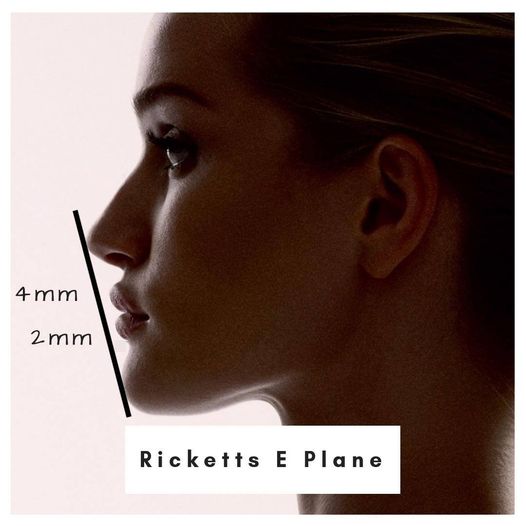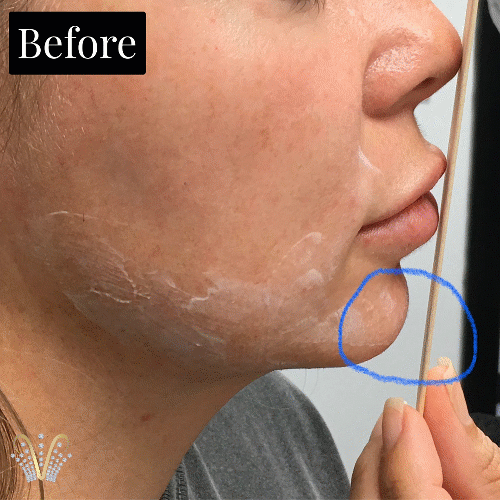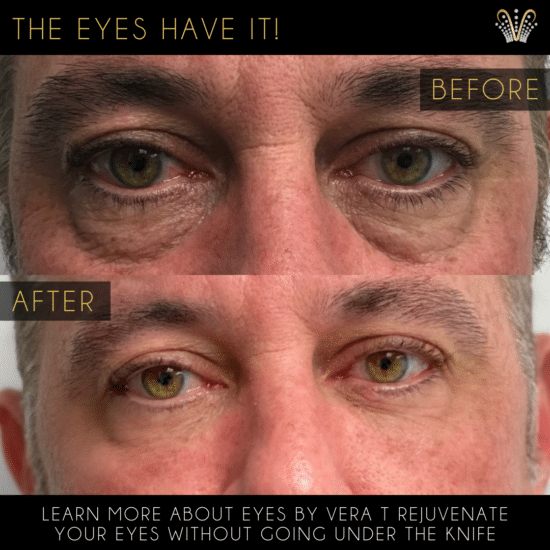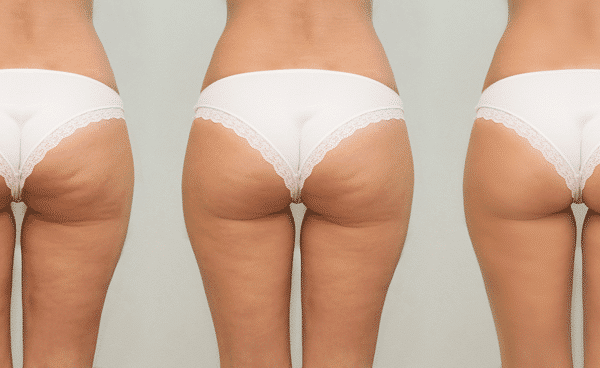
It is often said that “Beauty is in the eye of the beholder”, which may be true, there is also an aesthetic perspective when it comes to beauty and how it is assessed. When we look at what is “ideal” and what we are looking to find, it really is about symmetry and balance. Symmetry and balance have been a guiding element for beauty in art, sculpture, and architecture for thousands of years.
Using these concepts, Dr. Robert Ricketts was able to define a specific relationship between the nose, lips, and chin from a profile perspective. Dr. Ricketts, who was concerned that dental practitioners were potentially making the aesthetic appearance of some patients worse by not paying attention to what he called the “Esthetic Plane” or “E” plane.
Essentially, the “E” plane is simply a line drawn from the tip of the nose to the tip of the chin. His key assessment was to look at how the upper and lower lip related to that line. Dr. Ricketts felt that to have an aesthetically pleasing facial profile, in the average face, the lower lip would be 2 mm behind the line, and the upper lip 4 mm behind the line, with variations being normal for patients of different ethnic backgrounds.
His theory has led to being one of the most widely used measuring tools in facial and profile balancing. Although the exact measurements differ in today’s practice, commonly in the lips, a profile where the nose and chin projection meet this line are still desired in the geometric measurement of beauty. We use various treatments and dermal fillers to help patients achieve this ideal balance and have a more desired profile, without undergoing drastic surgical alterations.







